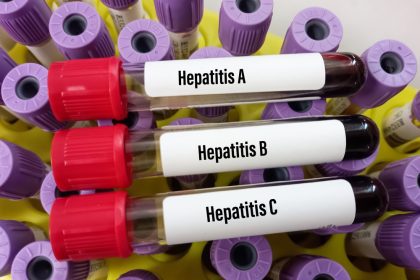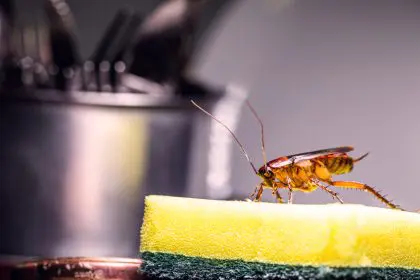Parasitic infections or worms can affect anyone, regardless of age or location. While often associated with unsanitary conditions, these infections occur through various routes that many people encounter in daily life. Understanding how these infections develop helps in prevention and maintaining overall health.
Common infection sources
Contaminated food and water represent primary sources of parasitic infections. Undercooked meat, particularly pork and fish, can harbor parasites that survive inadequate cooking temperatures. Similarly, unwashed fruits and vegetables might carry microscopic eggs that can lead to infection when consumed.
Environmental exposure plays a significant role in transmission. Walking barefoot on contaminated soil or sand can allow certain parasites to penetrate the skin and enter the bloodstream. This route proves particularly concerning in tropical and subtropical regions where specific parasites commonly exist in the soil.
Understanding transmission methods
Close contact with infected individuals or animals creates additional risk for parasitic infections. Pet owners should note that regular veterinary care, including deworming, helps prevent transmission between animals and humans. Additionally, proper hygiene practices when handling pets or cleaning their waste significantly reduce infection risks.
Swimming or wading in contaminated water sources can expose individuals to waterborne parasites. These organisms can penetrate the skin during recreational activities in lakes, rivers, or inadequately maintained pools. Drinking contaminated water also presents risks, particularly in areas with limited water treatment facilities.
Recognizing infection signs
Early recognition of potential infection helps ensure timely treatment. Common symptoms include:
Persistent stomach discomfort or pain
- Unexplained weight changes
- Altered bowel habits
- Fatigue or weakness
- Visible signs in stool
These symptoms may vary based on the specific type of infection and its severity. While some individuals experience minimal discomfort, others might develop more pronounced symptoms requiring immediate medical attention.
Prevention strategies
Proper food handling and preparation provide crucial protection against parasitic infections. This includes thoroughly cooking meat and fish to recommended temperatures and washing produce before consumption. Using clean, filtered water for drinking and food preparation also reduces infection risks.
Personal hygiene plays a vital role in prevention. Regular handwashing, particularly before meals and after bathroom use, helps break transmission cycles. Teaching children proper hygiene habits proves especially important as they often face higher exposure risks through play and exploration.
Environmental awareness
Understanding environmental risk factors helps in avoiding exposure. Wearing appropriate footwear in potentially contaminated areas protects against skin-penetrating parasites. Similarly, avoiding swimming in questionable water sources reduces infection risks from waterborne organisms.
Travel to regions with different sanitation standards requires additional precautions. This includes careful food and water choices, as well as increased attention to personal hygiene practices.
Treatment approaches
Medical professionals can diagnose specific infections through various testing methods. Early identification allows for targeted treatment approaches, typically involving oral medications that eliminate the parasites. Following prescribed treatment protocols completely ensures effective elimination of the infection.
While some over-the-counter treatments exist, professional medical guidance provides the most appropriate care approach. This ensures proper diagnosis and treatment selection based on the specific type of infection present.
Long-term health considerations
Untreated parasitic infections can lead to various health complications. These may include:
- Nutritional deficiencies
- Anemia
- Intestinal problems
- Growth delays in children
Regular medical check-ups help identify potential infections early, preventing these more serious complications from developing.
Building protective habits
Creating and maintaining protective habits helps prevent initial infection and reinfection. These practices include:
- Regular pet veterinary care
- Proper food handling
- Consistent hygiene practices
- Environmental awareness
These habits, when consistently followed, significantly reduce infection risks while supporting overall health maintenance.
Understanding infection sources and prevention methods empowers individuals to protect themselves and their families effectively. While parasitic infections remain a health concern, knowledge and proper precautions substantially reduce risks. Regular medical care, combined with preventive measures, helps maintain long-term health and well-being.
This story was created using AI technology.















